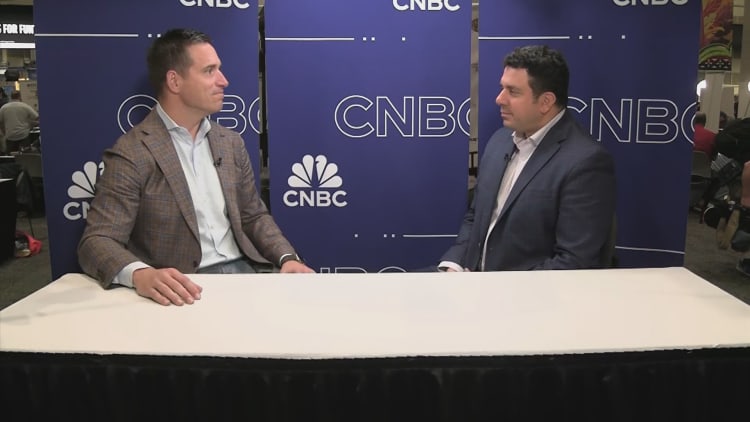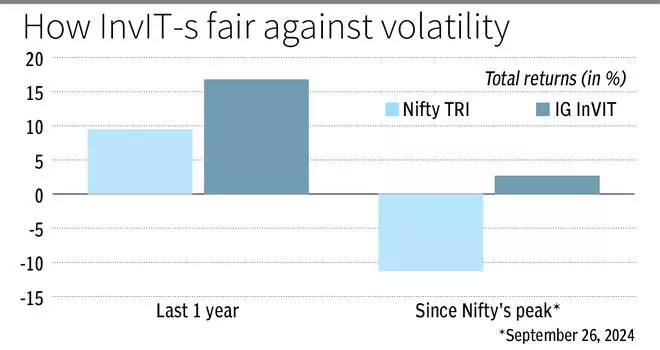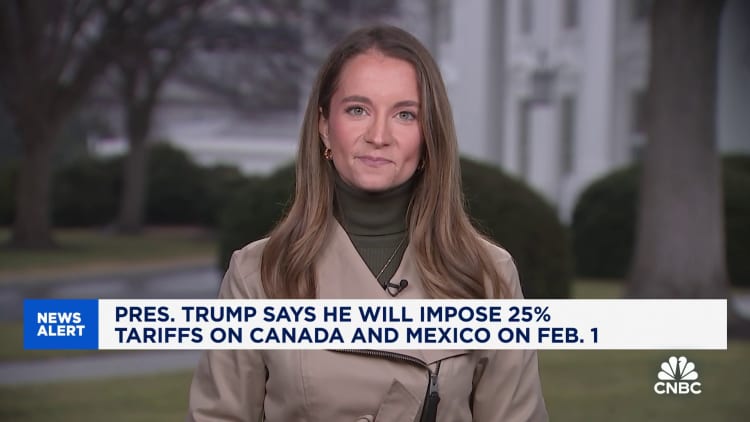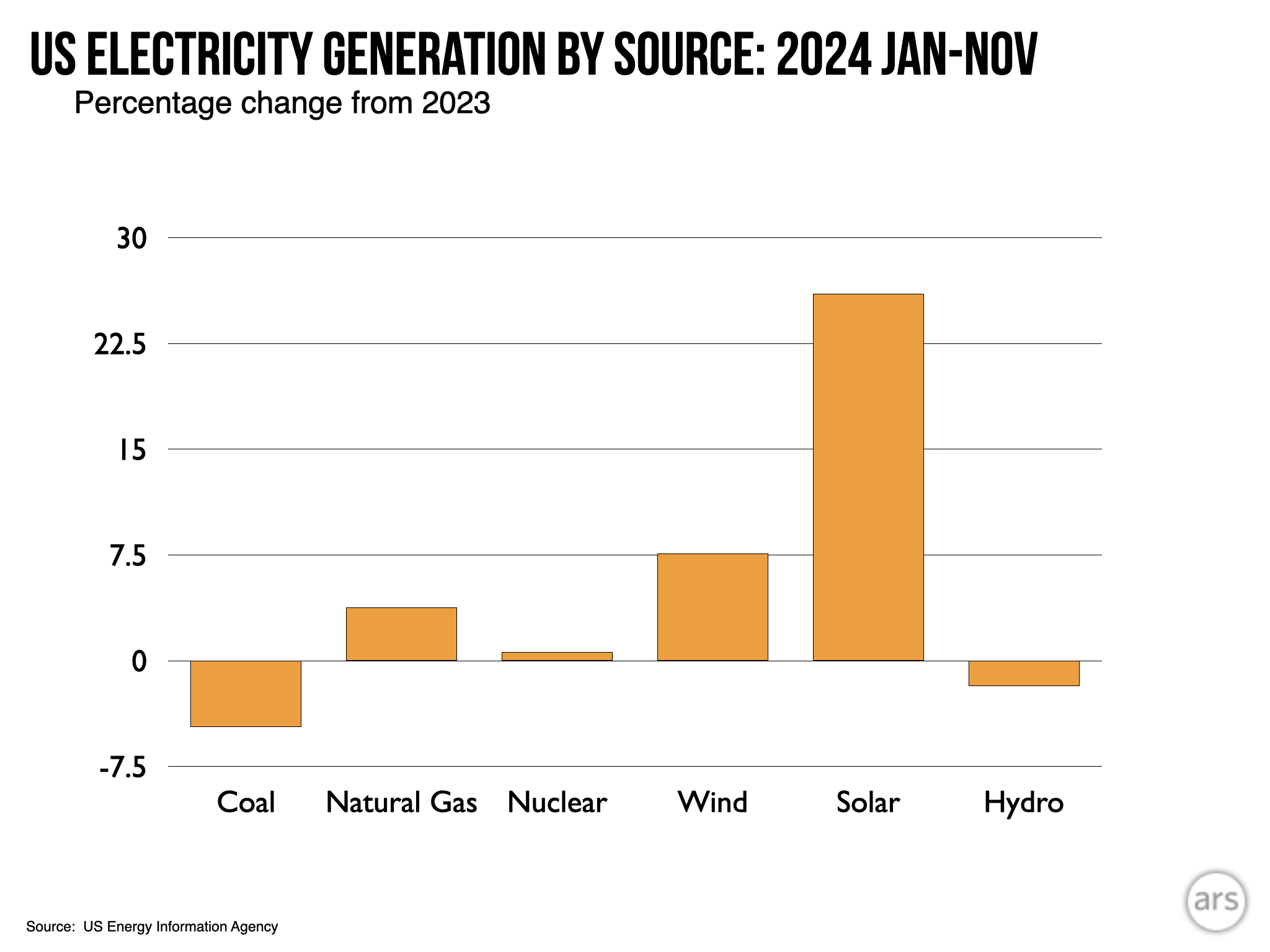For the salaried, the most-awaited tax cuts have arrived, though understanding it in the right perspective becomes important.
The slab and rate changes are applicable only to those opting for the new tax regime. Nothing changes for those taking the old tax system.
Taxation starting only from a ₹4-lakh threshold, extension of rebates for incomes up to ₹12.75 lakh (including standard deduction), introduction of gradually higher rates and slabs and application of the highest rate from ₹24 lakh would lead to higher surpluses.
However, the differences between rebates and actual income-tax thresholds need highlighting for you to know how much more you will save on outflows.
Using the surplus in a meaningful manner would also shore up your personal finances.

Rebates and slab rates
From ₹3 lakh currently, the basic threshold for income tax payments would start from ₹4 lakh in the next fiscal.
The first slab rate from ₹4-8 lakh would be 5 per cent. Slabs move in multiples of ₹4 lakh and the tax rates at 5 per cent. This move brings in a new 25 per cent rate on incomes in the ₹20-24 lakh range.
The maximum tax rate of 30 per cent kicks in only on incomes of ₹24 lakh or higher, up from ₹15 lakh currently.
The most important announcement is the extension of the rebate threshold under section 87A has been increased from ₹7 lakh (₹7.75 lakh if ₹75,000 standard deduction is added) to ₹12 lakh (₹12.75 lakh with standard deduction).
So, if all your incomes from salary, interest, rent etc. total up to ₹12.75 lakh, you would have no tax payable.
But here is the catch. If you earn ₹13 lakh, for example, you will have to pay tax on incomes starting from ₹4 lakh. In all, you would end up paying ₹40,300 in tax, including a 4 per cent cess.
That’s the way rebates work. In the above example, a ₹25,000 (₹13 lakh – ₹12.75 lakh) higher taxable income would result in a ₹40,300 outflow in taxes!

Higher liquidity
Notwithstanding the anomaly stated above, there is still considerable saving to be made, especially by those being taxed at the higher slabs. All taxable incomes mentioned below would include the ₹75,000 standard deduction.
An individual earning ₹12.75 lakh a year as taxable income saves ₹83,200 on tax outflows, including cess.
A person earning ₹16.75 lakh as taxable income would now pay around ₹1.25 lakh in taxes versus ₹1.77 lakh earlier, resulting in a saving of ₹52,000 annually. These tax figures include a 4 per cent cess that is applicable.
At the highest income threshold of ₹24.75 lakh, the savings on taxes would be substantial, at ₹114,400 annually.
There is, therefore, potential for substantial surpluses by saving on tax flows. With these changes, the government has made new tax regime significantly more attractive.
Deploying the surplus
Once you have a higher surplus due to lower taxes, the tendency to splurge it entirely must be curbed. Some part can be directed to consumption, while making prudent use of the remaining portion.
For those with home or personal loans should look to direct their surpluses to higher prepayments. If the surplus is equivalent to one EMI, there is possibility to reduce your home loan tenor by a year.
If you do not have any debt, you can look to step up your investments. This can be done by increasing your SIP (systematic investment plan) or recurring deposit instalments, for example.












